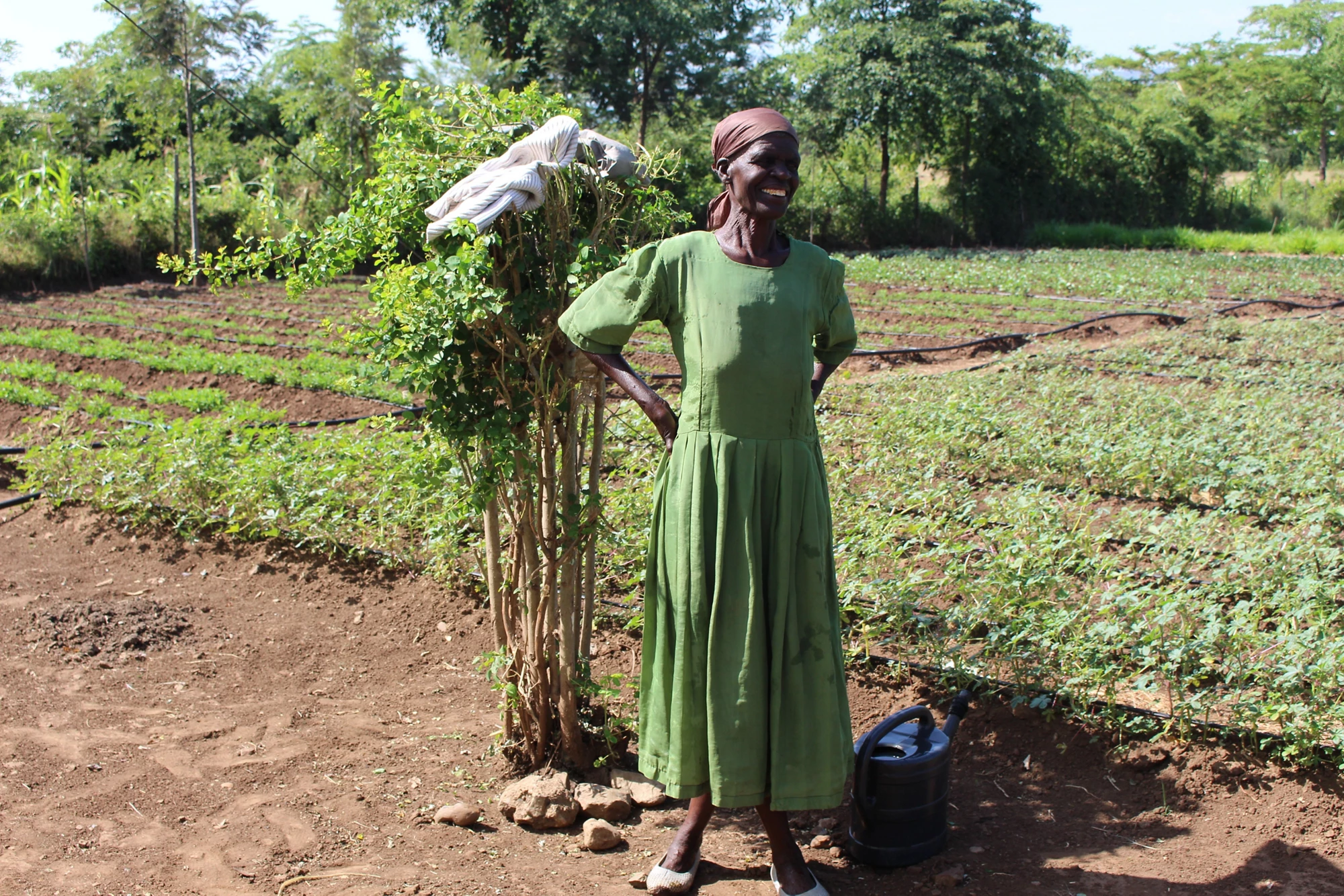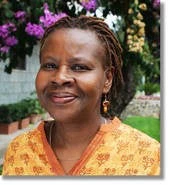Rural areas are changing rapidly, but the shift does not affect women and men in the same way.
In the process of rural development and transformation, as employment for both women and men expands in other sectors, employment in the agricultural sector is expected to shrink. Yet delving through available data and the literature, we find that the reality isn’t quite that simple. In a great number of developing countries, as men move out of family farming, women tend to stay--or move out of the sector a lot more slowly. Many women even take on new jobs and responsibilities in agriculture. We call this phenomenon the ‘feminization’ of agriculture.

In North Africa, the percentage of women in agriculture increased from about 30% in 1980 to 43% in 2010. In the Middle East, the percentage of women in agriculture rose from 35% to 48% in the same period ( FAO 2011), with even more striking changes for some countries in the region. For example, before the conflict in Syria, women’s share in agricultural employment more than doubled, rising from about 30% in 1980 to more than 60% in 2010. A similar pattern is observed in Iraq and Morocco over the same period, where the share of women in agricultural employment increased from 30% to 50%. In less than 15 years (between 1999 and 2013) in Armenia, females’ share in agricultural employment increased from 45% to 59%.
In the same period, in most countries in Sub-Saharan Africa, the share of women working in agriculture did not change significantly. However, women continued to dominate the sector with the percentage of female agriculture workers exceeding 60% in countries such as Lesotho, Sierra Leone and Mozambique. In Tajikistan, civil war in the 90s, lower male life expectancy and an economic downturn leading to massive male migration to neighboring Russia for work have increased the number of female-headed households, which now constitute almost one-fifth of all households.
What’s behind the changes in women’s roles and work in agriculture? We found two main factors:
- The diversification of subsistence farming through male out-migration.
- The globalization of agri-food systems, which has opened up new opportunities in commercial agriculture
Depending on the context, the feminization of agriculture can empower women. In Guatemala, women got more decision-making power in agriculture after men left.
Successful migration and good remittances have the potential to boost agricultural production and women’s empowerment, but male out-migration isn’t always beneficial. In many countries, the costs of migration are increasing relative to the benefits, and in many contexts, the weight of the costs may fall disproportionately on women, who have to deal not only with the loss of able-bodied labor, but also with potential costs related to financing migration. When remittances are inadequate, women face more intense workloads and financial difficulties. In addition, wage employment on commercial farms may not empower women because they are more likely to be concentrated in labor-intensive, low-skilled jobs. The few managerial positions are more likely to be taken by men.
Although we were able to find statistics to evaluate the changes in some aspects of women’s agricultural work, data availability prevented us from obtaining a clearer picture of women’s roles in agriculture. We still lack information about changes in the number of hours women spent doing farm work (especially in the cases when women’s participation in agriculture did not increase significantly over time), in the types of agricultural work, and in their role in decision-making.
For a better evaluation of women’s work in agriculture, we need more and better statistical data, broken down by gender. And the statistics must be classified not only according to gender, but also by the type of agricultural work in order to yield a better account of women’s multiple activities. This would detail whether the work is on the family farm or in wage employment, whether the wage employment is casual or permanent, the returns from each activity, and time spent engaged in the activity. Comparable cross-country statistics are needed to identify global trends. Regular, timely collection of the data is essential to better track changes in women’s status in agriculture and in their welfare over time.
The FAO and the World Bank Group have just finalized a literature review, “Feminization of Agriculture in the Context of Rural Transformation – What is the Evidence?” that illustrates the type of important analyses that could be carried out if the necessary data were available. The conclusion? Rural transformations affect rural women and men differently. Rural women face changing responsibilities and employment opportunities, but we know little about the consequences of these changes on women’s empowerment, welfare and the welfare of their dependents. Therefore, we call on governments and international organizations to strengthen their efforts to the collect high-quality, time-series, gender-disaggregated data on labor and agricultural production.




Join the Conversation